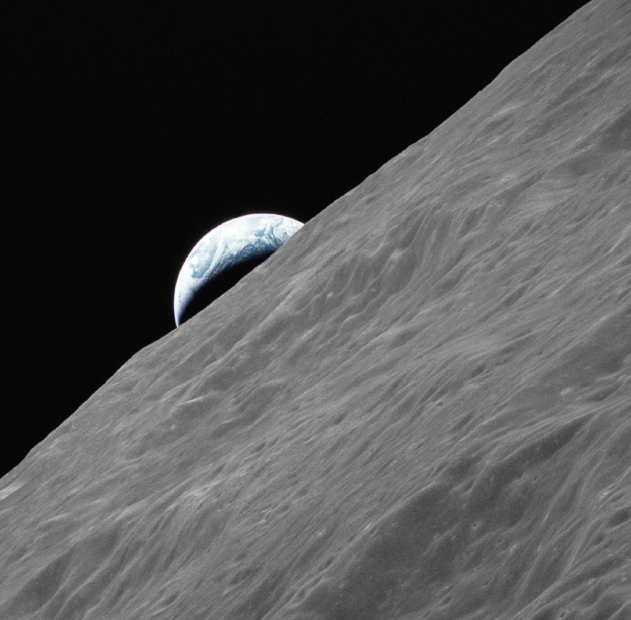Apollo 17 Returns
On December 17, 1972, the recovery ship USS Ticonderoga picked up the Apollo 17 command module from the Pacific Ocean. The splashdown, a return-to-Earth routine of manned spacecraft in that day, marked the capping moment of the capping mission of the Apollo manned lunar program.
![Apollo 17 command module descends to splashdown in South Pacific Ocean [L] where USS Ticonderoga executes its recovery manoeuvres [R].](https://therobertabondarfoundation.org/wp-content/uploads/2018/12/splashdown.jpg)
The lunar module had landed at the lunar site of most scientific interest to scientists. Every investigation yielded unique and fundamentally important information about the moon and its history. Scientific instrument packages were deployed to investigate lunar gravity, atmospheric content, and heat flow.
On this perfect splashdown, the astronauts returned with hundreds of individual rock and soil samples they had collected, along with a deep drill core of material from 3 m (10 ft) below the moon’s surface. They carried mapping and panoramic camera photographs of both near- and far-side of the moon, meteor impact photo studies, and views of the Earth from the moon… in motion, stills, and 3-D.

The Command Module America now resides at the NASA Johnson Space Center, Houston, Texas. The Lunar Roving Vehicle Challenger remains on the moon.
B Bondar / Real World Content Advantage